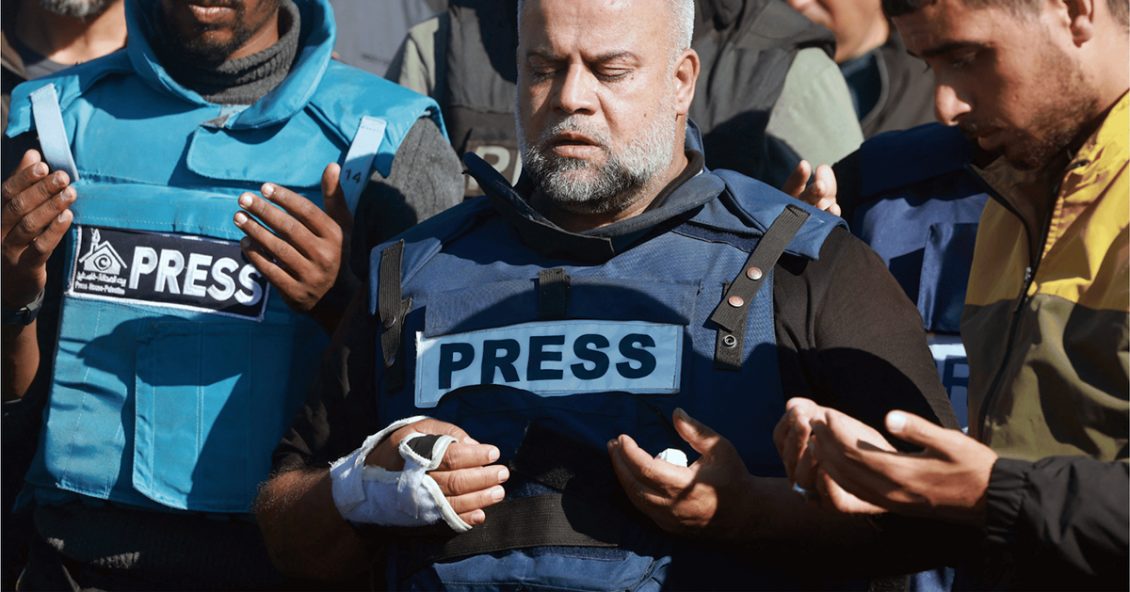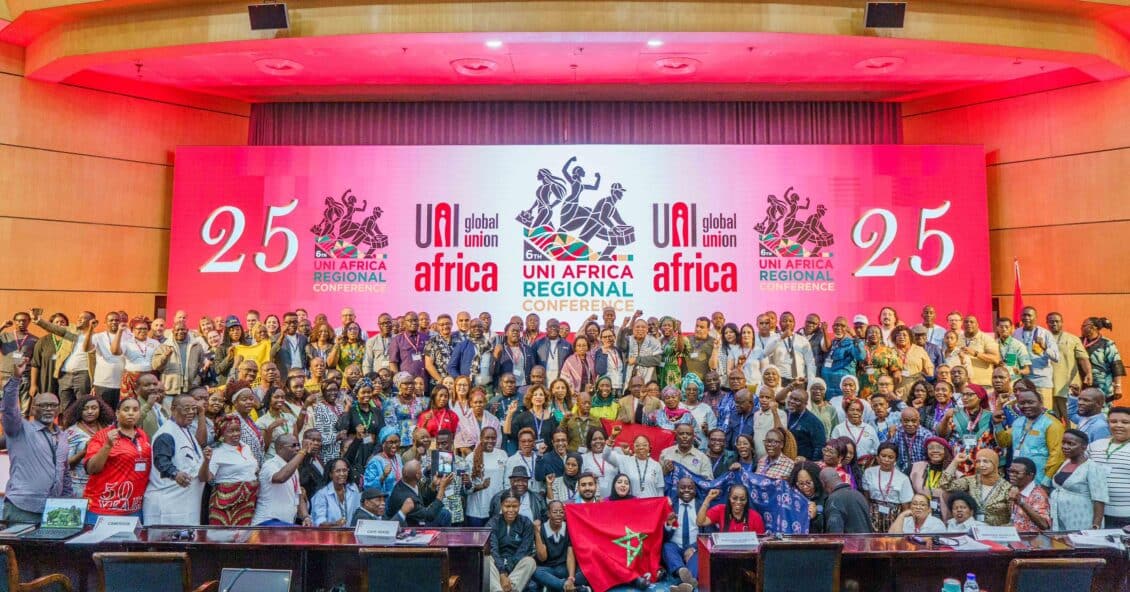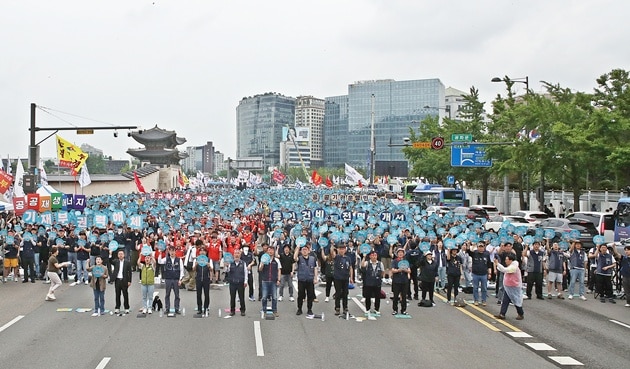International Federation of Journalists: Reporters in Gaza face bombings, hunger
14.02.24
As the war in Gaza continues, Global Union Federations are shining a light on the crisis workers face across all economic sectors. Through a series of essays and articles on our websites, we aim to expose the conflict’s devastating impact on livelihoods, safety and well-being for working people while emphasizing the urgent need for a ceasefire. When possible, we will give information about how you can take action to help these workers in Gaza.
The first in this series is from Tim Dawson, Deputy General Secretary of the International Federation of Journalists. He urges all to support the IFJ’s Safety Fund.
Gaza’s journalists face hunger as well as bombings
by Tim Dawson, Deputy General Secretary of the International Federation of Journalists.
The horrific death toll among Gaza’s journalists has become a familiar headline. Ten per cent of the enclave’s media workers have been killed since 7 October – a mortality rate significantly in excess of combat soldiers in most wars.
Less well-known are the privations of those of Gaza’s journalists who continue to work, and – since the exclusion of international reporters from the enclave – are the only source of news from Gaza.
“All the journalists have changed where they spend the night at least five times since the start of the war,” says Nasser Abu Baker, President of the Palestinian Journalists’ Syndicate (PJS) and Vice-President of the International Federation of Journalists. “Most are living under canvas, and shifting from tent to tent as the conflict has engulfed ever more of Gaza. Others sleep in school buildings, with thousands of other displaced people.”
Conditions are grim. Baker describes one school, designed for 500 pupils, in which 30,000 people are living. Pressure on the 30 bathrooms can only be imagined.
Food is in such short supply that PJS now funds supplies of flour to its members, supported with donations from journalists and their unions all over the world.
“In the past weeks we have supplied 7,000 basic food packages,” says Abu Baker. “As well as the 1,300 journalists, we are also supporting their families – around 6,000 people in total.”
PJS hopes to provide tents, sleeping provisions, and warm clothes. Severe restrictions on the movement of goods into Gaza make this difficult, but the union is working with UNESCO to try and find a way.
With food, water and fuel in short supply, working conditions for journalists are extremely tough.
Tahseen Al-Astall, PJS’ Vice President, is based in Gaza. “Every day we are walking, walking, walking, carrying our equipment on our shoulders,” he says. “There is a story in every inch of Gaza and we journalists are determined to tell them all.”
Frequent internet outages – often coinciding with moments of the most ferocious fighting – also make ordinary communications impossible, and hold up the dissemination of news.
The extreme privations faced by its members is only one of the PJS’ challenges. The union has around 2,300 members (approximately 80 per cent of Palestine’s journalists); 1000 of whom attended its most recent congress in May 2022. Its politically plural board includes men and women and those of Muslim and Christian heritage. Headquartered in Ramallah, in the West Bank, the union’s staff also face significant issues undertaking their work.
“Moving outside Ramallah is almost impossible,” says Rania Khayyat, PJS’ International Relations Officer. “Roadblocks are everywhere, and the Israeli army and settlers attack us. Journeys of 10 kilometres can take hours.”
Since October, PJS has logged more than 200 attacks on journalists in East Jerusalem and the West Bank. Practical difficulties aside, the mounting death toll casts a heavy shadow over all Palestinian media workers, whose widely-held belief that this is that they are deliberately targeted.
“The IDF phone up journalists in Gaza and tell them that they and their families will be targeted, and then the attacks come – purposefully aimed rockets and missiles deliberately intended to kill us,” says Al Astall. With a mortality rate among journalists running at around three times that of health workers in Gaza, there is certainly a case to answer.
The International Criminal Court has already committed to investigate the targeting of journalists in Gaza. The initial order by the International Court of Justice in January that Israel must comply with the terms of the Genocide Convention will increase hopes in Gaza that international law might yet serve their interests. The IFJ will support legal action against Israeli politicians and military leaders if they fail to comply with the ICJ’s determination.
The response to the crisis from journalists’ unions worldwide has been impressive. Few are wealthy by the standards of large general unions, but donations have come from all over the world. Individual journalists have also responded to the appeal. With the resulting funds, the IFJ has provided first-aid kits, power banks, food and warm clothes and women hygiene kits, among other things.
How high the death toll will climb, and what conditions Palestine’s journalists will face when the fighting stops, are for the future. For now, international solidarity means they have better access to the basic necessaries of life – and the assurance that their work is appreciated by their professional colleagues the world over.
You can donate here: https://donorbox.org/donation-to-the-ifj-safety-fund


